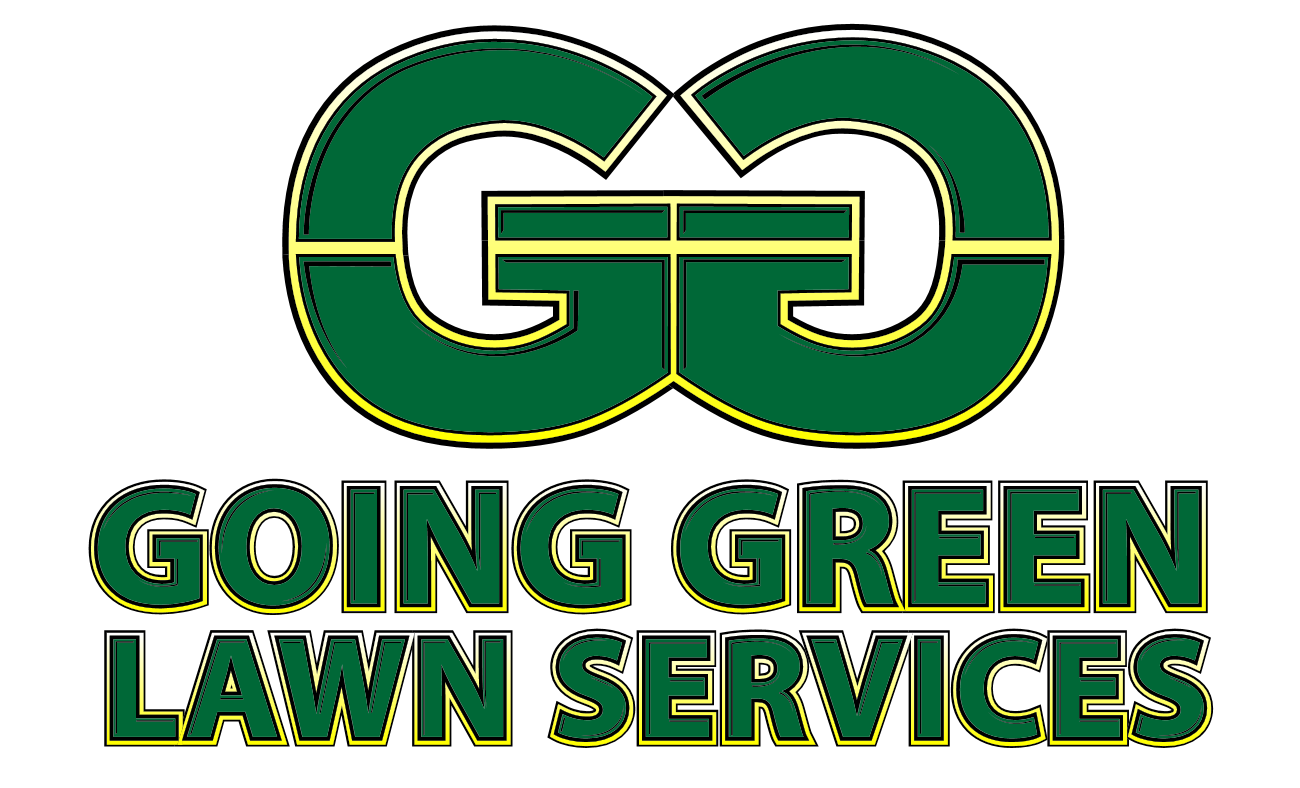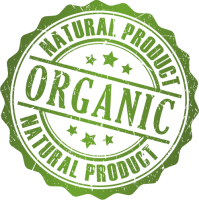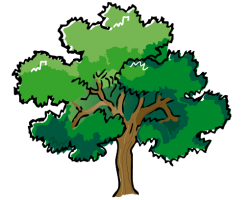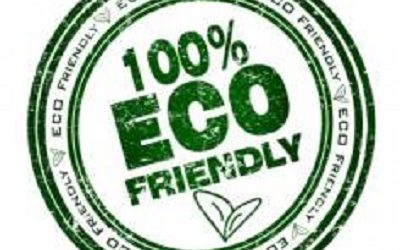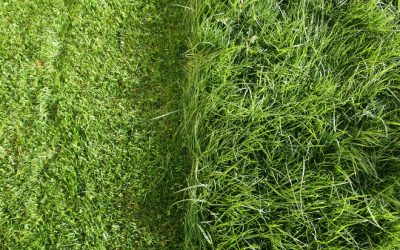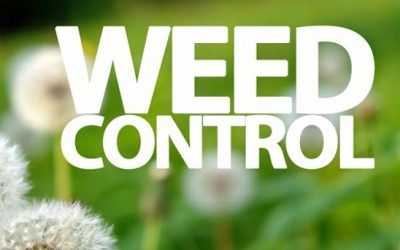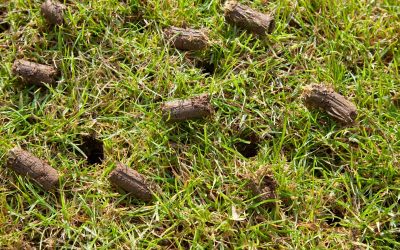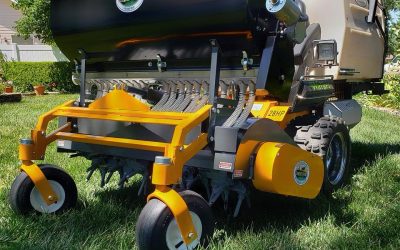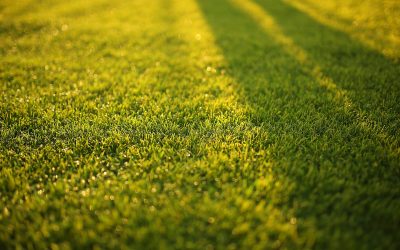Free Estimates (314) 275-0200


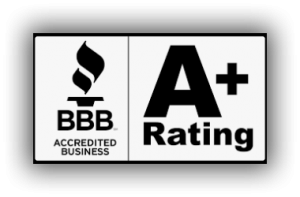
Gold Package
March– Pre emergent with fertilizer to discourage crabgrass germination and to encourage healthy growth and green up, Weed Control for a healthy appearance*
April – Pre or post emergent depending on the timing of the application, this will either prevent or suffocate crabgrass seeds as they germinate, Weed Control to promote a more healthy, uniform appearance*
May – Target any potential problems in the lawn (broadleaf weeds)
June – Grub Control to prevent damage to the root zone, Fertilizer for healthy growth throughout spring, Weed Control to maintain a healthy appearance*
July – Target broadleaf weeds as many thrive in the warmer climates of this transitional zone*, Nutsedge control* (common problem at this time of the season – warm, damp areas), Crabgrass control* (high temperatures can break down preventatives in the soil prematurely)
August – Target broadleaf weeds as many thrive in the warmer climates of this transitional zone*, Nutsedge control* (common problem at this time of the season – warm, damp areas), Crabgrass control* (high temperatures can break down preventatives in the soil prematurely)
September – Balanced Fertilizer to encourage recovery as well as healthy, strong roots, Weed control to maintain a uniform appearance*
October – Lime to correct imbalances in the soil (ph balance)
November – High Nitrogen Fertilizer (winterizer), allows the root zone to store food through the winter months, encourages healthy spring green up
* – Weed control is used as necessary. A healthy lawn with proper cultural practices implemented creates a more weed free, healthy environment for all of us.
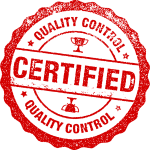
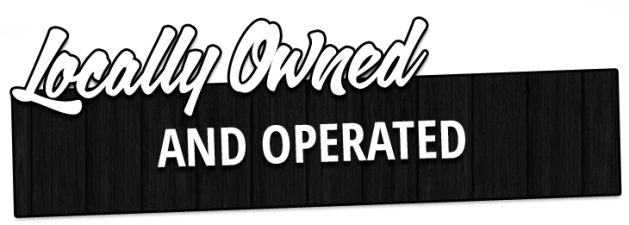

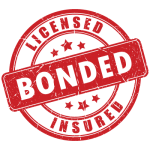
Free Estimates (314) 275-0200
Free Estimates (314) 275-0200
Free Estimates (314) 275-0200
Collinsville IL 62234
Belleville IL 62220
Mascoutah IL 62258
Grantie City IL 62024
Ponton Beach IL 62040
Edwardsville IL 62025
Glen Cardon IL 62034
Maryville IL 62026
Swansea IL 62223
Ofallon IL 62208
Fairview Hts IL 62232
Lebanon IL 62254
Shiloh IL 62221
Troy IL 62294
Alton IL 62018
Godfrey IL 62012
Wood River IL 62024
Bethalto IL 62010
Roxana IL 62048
Columbia IL 62236
Waterloo IL 62298
……and surrounding areas
